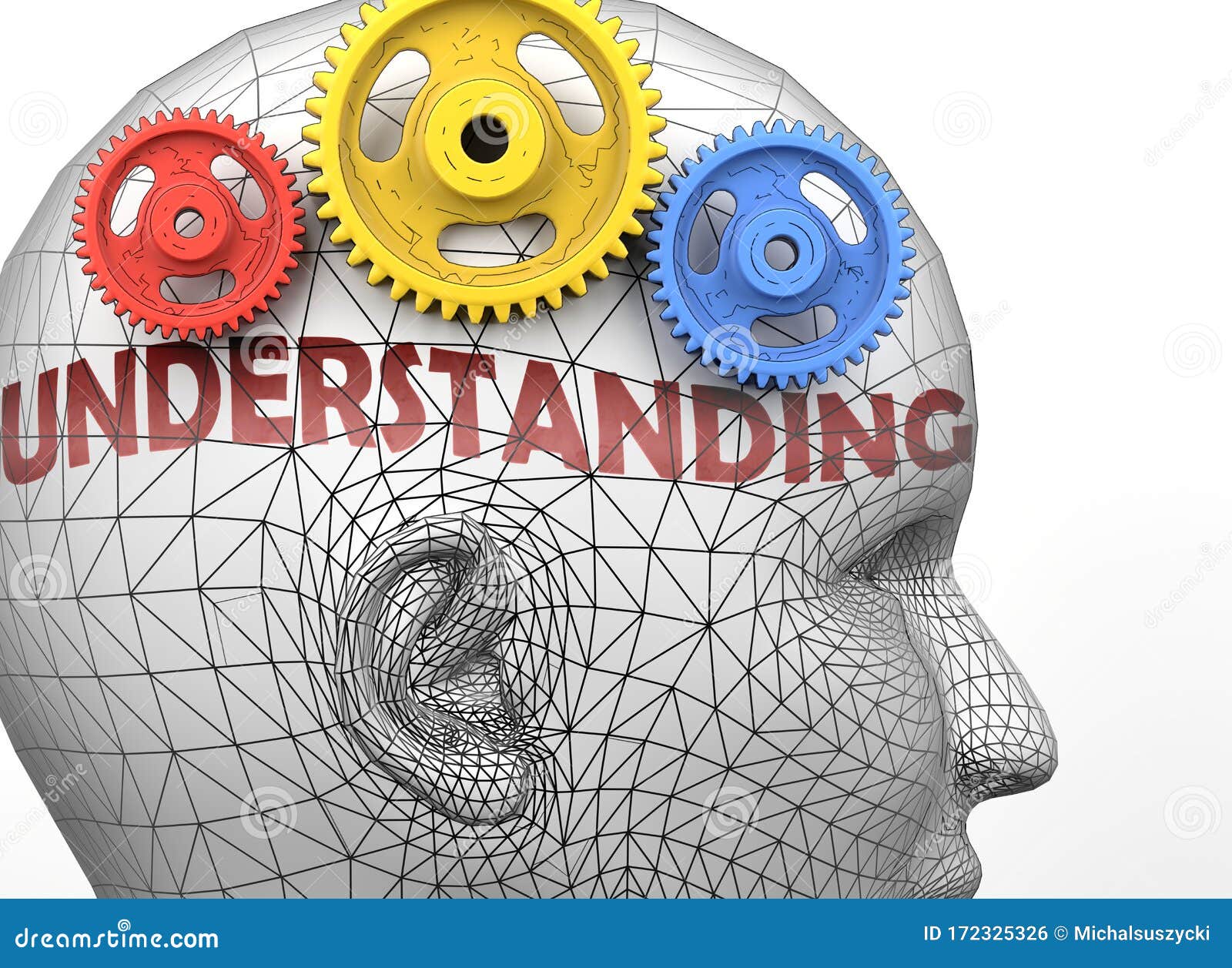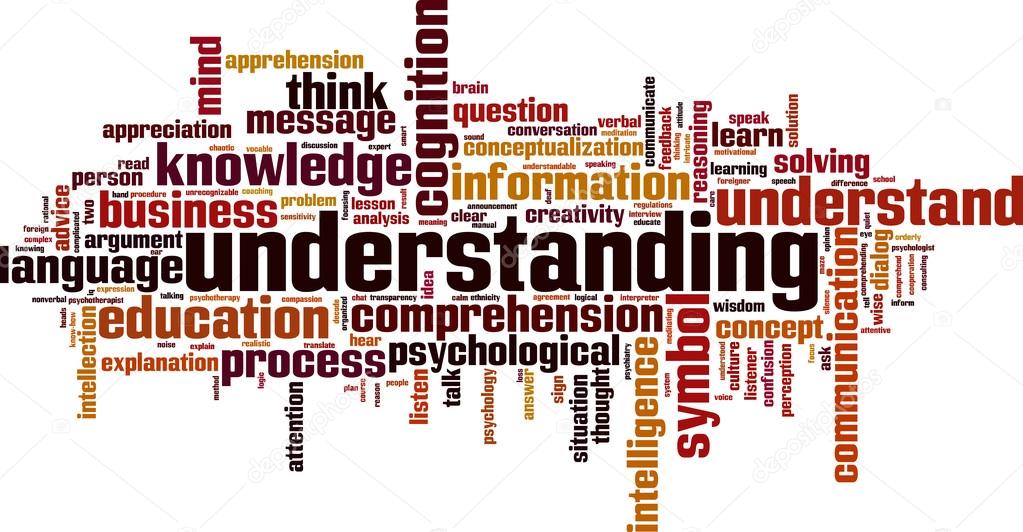
Beyond Borders and Maps: Understanding the Enduring Significance of Indigenous Territories
For many, the concept of "territory" evokes images of lines on a map, geopolitical boundaries, or tracts of land owned and managed according to state laws. Yet, this narrow definition profoundly misunderstands the rich, complex, and deeply spiritual meaning of territory for Indigenous peoples worldwide. Indigenous territories are not merely parcels of land; they are living entities, intricate tapestries woven with culture, history, identity, governance, and profound ecological knowledge. To truly comprehend Indigenous territories is to embark on a journey beyond conventional cartography, delving into a worldview where land is not a commodity but kin, a source of life, and the bedrock of existence.
The historical backdrop to understanding Indigenous territories is one of immense dispossession. Prior to colonization, Indigenous nations across the globe governed vast expanses of land and water, often with sophisticated systems of management that sustained diverse ecosystems and thriving societies for millennia. These territories were meticulously mapped through oral traditions, songlines, place names, and intricate knowledge passed down through generations. However, the arrival of European powers brought with it the doctrine of terra nullius—a legal fiction claiming lands were "empty" or "unoccupied"—which served as a brutal justification for seizure and appropriation. This era ushered in a devastating period of forced removals, the imposition of artificial borders, and the fragmentation of ancestral domains, often reducing Indigenous peoples to marginal reserves or, in many cases, rendering them landless.
The scars of this historical injustice run deep, yet the connection to ancestral territories has endured with remarkable resilience. For Indigenous peoples, territory encompasses much more than just the physical ground. It includes the air, the water, the sub-surface, and all living beings within it. It is the repository of ancestral memory, the source of traditional foods and medicines, the setting for sacred ceremonies, and the foundation for language and cultural transmission. "Our land is our identity," explains an elder from the Haudenosaunee Confederacy. "It’s where our ancestors are buried, where our stories are told, and where our children learn who they are. Without our land, we lose ourselves." This sentiment echoes across Indigenous communities globally, from the Sami reindeer herders of the Arctic to the Aboriginal peoples of Australia, whose dreaming tracks crisscross continents, to the Amazonian tribes who are the guardians of the world’s most biodiverse forests.
One of the most critical aspects of Indigenous territories is the unparalleled traditional ecological knowledge (TEK) embedded within them. Indigenous peoples have cultivated intimate, reciprocal relationships with their environments over countless generations, developing sophisticated understanding of local ecosystems, biodiversity, climate patterns, and sustainable resource management. This knowledge is not merely scientific data but is holistic, interwoven with spiritual beliefs, ethical principles, and social practices. For example, many Indigenous communities practice controlled burning to manage forests, prevent larger wildfires, and promote biodiversity, a practice now being re-evaluated and adopted by modern fire management agencies. Similarly, the sustainable harvesting techniques of many coastal Indigenous communities have ensured the health of marine ecosystems for millennia.
A compelling 2020 study by the World Resources Institute found that Indigenous territories in the Amazon have significantly lower deforestation rates compared to other areas, demonstrating their effectiveness as guardians of critical carbon sinks and biodiversity hotspots. This evidence underscores a crucial point: recognizing and upholding Indigenous territorial rights is not just a matter of justice, but a powerful solution to global challenges like climate change and biodiversity loss. When Indigenous communities have secure tenure and control over their lands, they are often the most effective stewards of the environment.

Legally and politically, the recognition of Indigenous territories has been a long and arduous struggle. International instruments like the United Nations Declaration on the Rights of Indigenous Peoples (UNDRIP), adopted in 2007, represent a landmark achievement. Article 26 of UNDRIP explicitly states: "Indigenous peoples have the right to the lands, territories and resources which they have traditionally owned, occupied or otherwise used or acquired." It further mandates that States shall give legal recognition and protection to these lands, territories, and resources. While UNDRIP is a non-binding declaration, it sets a global standard for how states should engage with Indigenous peoples and their rights, including the crucial principle of Free, Prior, and Informed Consent (FPIC) for any development projects impacting their territories.
Despite these international frameworks, the reality on the ground remains challenging. Indigenous territories are frequently threatened by large-scale resource extraction projects—mining, logging, oil and gas exploration, and hydroelectric dams—often pursued without the genuine consent of the affected communities. These projects not only destroy sacred sites and traditional livelihoods but also contribute to environmental degradation and social disruption, leading to conflicts, human rights abuses, and the displacement of Indigenous peoples. The "Land Back" movement, gaining momentum globally, is not simply about returning ownership of land, but about restoring Indigenous jurisdiction, governance, and stewardship over ancestral territories, recognizing their inherent right to self-determination.
The economic dimension of Indigenous territories is also often misunderstood. While some view these lands solely for their potential for resource extraction, Indigenous economies are diverse and resilient, often rooted in sustainable practices that prioritize long-term well-being over short-term profit. They encompass traditional hunting, fishing, gathering, agriculture, and increasingly, Indigenous-led tourism, renewable energy projects, and cultural enterprises that respect and leverage traditional knowledge. When Indigenous communities have control over their territories, they can pursue economic development models that align with their values, contributing to both local prosperity and environmental sustainability.
Understanding Indigenous territories, therefore, is not merely an academic exercise; it is a moral imperative and a practical necessity for building a more just and sustainable world. It requires a fundamental shift in perspective: from viewing land as property to be exploited, to seeing it as a living relation to be respected and protected. It means listening to Indigenous voices, respecting their inherent rights, and supporting their efforts to reclaim, govern, and steward their ancestral lands.
In conclusion, Indigenous territories are far more than geographical spaces. They are vibrant cultural landscapes, vital ecological strongholds, and the enduring heartlands of diverse peoples. Their significance transcends maps and borders, embodying a profound relationship between humanity and the natural world, forged over millennia. As the world grapples with unprecedented environmental crises and calls for greater social justice, recognizing and upholding Indigenous territorial rights stands as a powerful pathway towards reconciliation, environmental protection, and a future where all can thrive in harmony with the Earth. It is a journey of learning, respect, and shared responsibility, paving the way for a future where Indigenous sovereignty over their ancestral lands is not just acknowledged, but celebrated as a cornerstone of global well-being.


